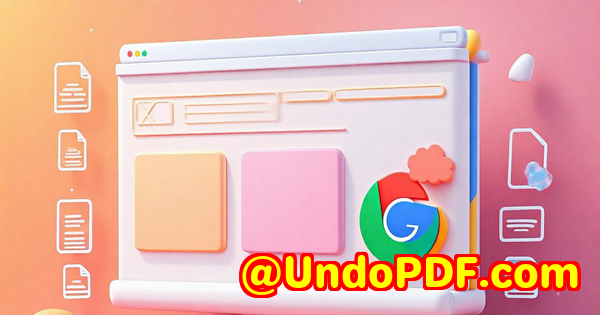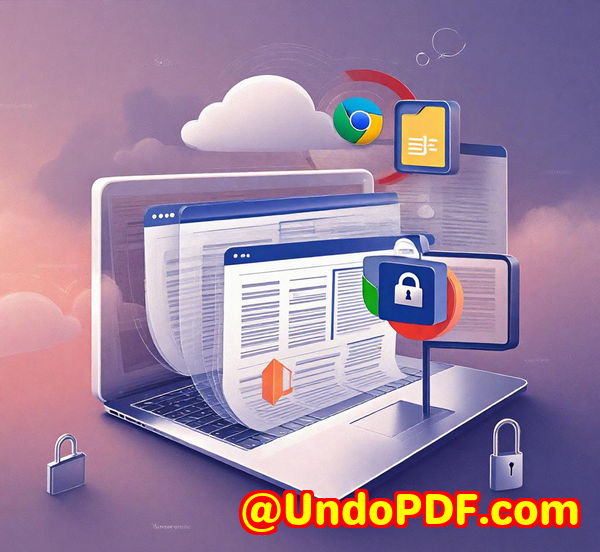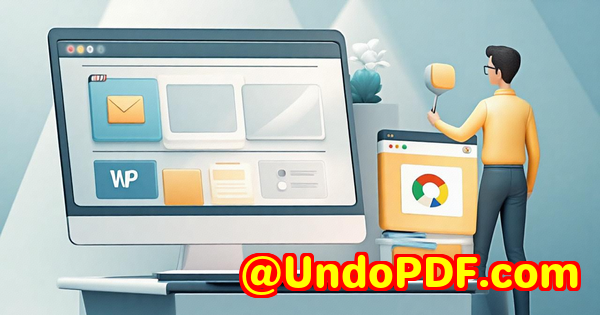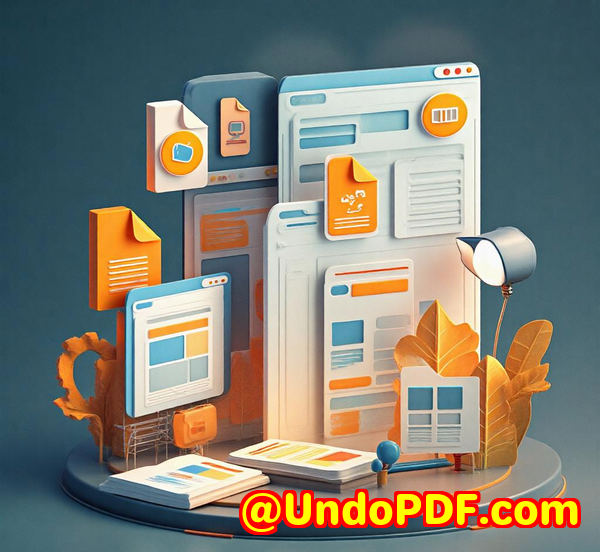Capture Barcode and Text Simultaneously with JavaScript Scanner SDK for Research
Capture Barcode and Text Simultaneously with JavaScript Scanner SDK for Research
Every time I’ve had to juggle barcode scanning and text capture at once, it felt like trying to juggle flaming torches clumsy, risky, and prone to mistakes. If you’re dealing with complex labels or need to quickly pull both barcodes and printed text from products or research materials, you know how frustrating it can be. Standard barcode scanners often struggle with poor lighting, damaged codes, or capturing text alongside the barcode without a hitch. That’s exactly where the VeryUtils JavaScript Barcode Scanner SDK stepped in and changed the game for me.
Why I Needed a Better Barcode and Text Scanning Solution
I’m no stranger to working with huge datasets where every second counts especially in research environments or inventory-heavy workflows. Before I found this SDK, I spent countless hours switching between devices or manually typing data from labels after scanning barcodes. It was slow, error-prone, and frankly, a pain.

If you’re building web apps or tools where barcode accuracy and seamless text extraction matter, this SDK could be a game-changer. Here’s how it helped me streamline processes, reduce errors, and even build better tools faster.
What Is the VeryUtils JavaScript Barcode Scanner SDK?
At its core, this is a fast, reliable JavaScript-based barcode scanner SDK that you can embed right into your website or web application. The promise? To turn any mobile device or laptop camera into a powerful barcode reader that also captures printed text all in real-time.
It’s not just for simple barcode scanning either. The SDK uses advanced AI to zero in on relevant codes, batch scan multiple barcodes, and even overlay augmented reality (AR) feedback on your scanning interface for a smoother user experience.
If you’re a developer, researcher, or product manager who needs accurate and fast barcode plus text capture on web platforms, this SDK is tailored for you.
Who Should Use This SDK?
This tool is a solid fit for anyone who works with barcodes and printed labels simultaneously:
-
Researchers capturing data from complex product labels, pharmaceuticals, or lab samples.
-
Developers building inventory or warehouse management systems that need quick multi-code scanning.
-
Retailers and logistics companies wanting faster, error-free stock picking and shipping.
-
Healthcare apps scanning medication labels alongside barcodes.
-
Any web-based application where quick, reliable barcode scanning plus text recognition is crucial.
If your workflow demands accuracy in tricky environments like low light or damaged labels, this SDK has your back.
The Features That Won Me Over
1. Context-Aware AI Scanning Engine
The AI doesn’t just blindly scan everything. It’s smart enough to extract only the codes you want, no matter the lighting, damage, or environment. I’ve tested this with scratched barcodes and faded print, and it nailed it every time.
Imagine scanning a research sample label with dozens of codes and printed info the engine quickly isolates relevant barcodes and text without false positives. This saved me hours of manual filtering.
2. Scan Barcodes and Text Together Fully Automated
One standout feature is the ability to scan barcodes and printed text simultaneously. For research, this meant capturing not just the sample’s barcode but also important text notes printed on the label, all in one go.
It’s a massive time saver no need to scan twice or type anything manually. You just point the camera, and the SDK handles everything in real-time.
3. Batch and Multi Barcode Scanning with AR Overlays
If you’ve ever had to scan multiple barcodes quickly, you know how clunky it can get. This SDK supports batch scanning where you can scan dozens of codes in a single session without restarting the scan.
Plus, the augmented reality overlays provide visual feedback highlighting scanned codes in real time, which is pure gold for usability. When picking multiple items in a warehouse, this made work faster and less error-prone.
4. Ready-To-Use UI and Developer-Friendly APIs
You don’t have to be a wizard coder to get this working fast. The SDK comes with pre-built JavaScript components that you can integrate into your web app within minutes.
If you want more control, the Data Capture SDK gives you full access to tweak the UI and functionality like changing scanner colours or adding custom logic.
5. Robust Performance in Real-World Conditions
The SDK shines in tough conditions:
-
Damaged or partially obscured barcodes? No problem.
-
Low-light environments? It still pulls through.
-
Tiny or distant barcodes? Scans them fast.
For anyone scanning in warehouses, labs, or outdoors, this reliability makes a huge difference.
How I Used the SDK: A Real-World Example
I was building a web tool for a research lab to scan chemical sample labels. These labels included a QR code, a Data Matrix barcode, and printed batch numbers with expiry dates.
Using the VeryUtils JavaScript Barcode Scanner SDK:
-
I integrated the Ready-To-Use UI component in less than an hour, no deep coding required.
-
Set the symbologies to recognise all the relevant barcode types.
-
Configured the scanner to extract printed text alongside the barcodes.
-
Added real-time AR overlays to highlight scanned codes and text, giving users clear feedback.
The result? Lab technicians cut their scanning and data entry time by over 60%. No more manual note-taking or separate barcode scans.
The SDK’s AI was particularly impressive it ignored irrelevant marks and glare on labels, focusing only on the right barcodes and text. This level of precision boosted confidence in the data quality and sped up the entire research workflow.
Comparing VeryUtils SDK with Other Tools
I’d tried some open-source barcode scanners before, but they lacked the combined barcode + text capture feature, forcing me to switch between separate tools. Others were slower or failed in low-light scenarios.
VeryUtils stood out because:
-
It’s a single, integrated solution for barcode and text scanning.
-
The batch and multi-scanning features boost efficiency.
-
AR feedback improves user experience, which other SDKs miss.
-
It’s built with enterprise-level support and security, crucial for sensitive data.
It saved me hassle, reduced errors, and sped up workflows not just for me but for the whole team.
Summary and Personal Recommendation
If you’re struggling with clunky barcode scanning processes, especially when you need to capture printed text alongside, the VeryUtils JavaScript Barcode Scanner SDK is a no-brainer.
It:
-
Handles complex, multi-code labels effortlessly.
-
Works reliably in difficult real-world conditions.
-
Comes ready to integrate quickly, even if you’re not a developer.
-
Supports batch and multi-barcode scanning with AR overlays for better UX.
-
Saves time, reduces errors, and improves data quality.
I’d highly recommend this to anyone building web apps for retail, logistics, healthcare, research, or inventory management who wants a fast, dependable scanning solution.
Start your free trial now and see how it transforms your scanning workflows: https://veryutils.com/javascript-barcode-scanner-sdk
Custom Development Services by VeryUtils
VeryUtils doesn’t just offer SDKs they provide tailored custom development solutions to fit your unique tech challenges.
Whether you need:
-
PDF processing tools for Linux, macOS, or Windows.
-
Windows Virtual Printer Drivers for generating PDFs and images.
-
Utilities for capturing and monitoring print jobs in various formats.
-
Barcode recognition, OCR, or layout analysis for scanned documents.
-
Cloud solutions for document conversion and digital signatures.
VeryUtils’s expertise spans a wide range of platforms and languages, including Python, PHP, C/C++, JavaScript, .NET, iOS, Android, and more.
They also specialise in advanced features like system-wide Windows API hooks, document security, DRM protection, and document printing.
If you have a project that requires a custom approach, reach out to VeryUtils support at https://support.verypdf.com/ to discuss your needs. They’ll help build a solution tailored for your business.
FAQ
Q: Can I scan multiple barcode types simultaneously with this SDK?
A: Yes, the SDK supports over 30 barcode symbologies, including QR, Data Matrix, PDF417, EAN, and more. It can scan multiple types in one go.
Q: Does the SDK work on mobile browsers?
A: Absolutely. It supports Android (Chrome, Firefox, Edge) and iOS 14.5+ (Safari, Chrome, Firefox, Edge).
Q: Is coding experience required to use the SDK?
A: No. The Ready-To-Use UI lets you integrate a fully functional scanner with minimal coding. Developers can further customize if needed.
Q: How does the SDK handle damaged or low-quality barcodes?
A: Its context-aware AI scanning engine is designed to accurately read even damaged, low-light, or distant barcodes.
Q: Can I capture printed text along with barcodes?
A: Yes, the SDK includes fully automated label scanning that extracts both barcodes and printed text in one seamless operation.
Tags/Keywords
-
JavaScript barcode scanner SDK
-
Barcode and text capture
-
Web barcode scanner for developers
-
Batch barcode scanning
-
Augmented reality barcode scanning



